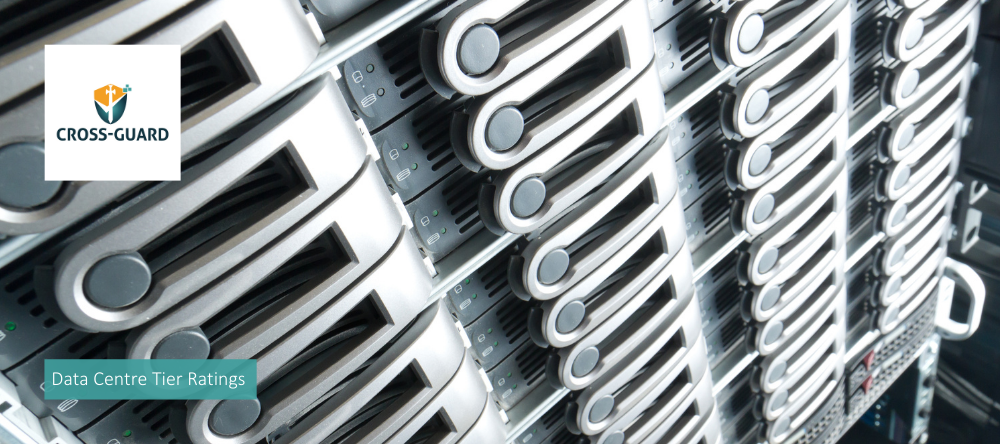Do you know your data centre tiers?

When it comes to assessing the power, cooling and resiliency of the data centre dealing with your applications and systems, it helps to know about the tier classification system. Two American organisations, the Telecommunications Industry Association (TIA) and the Uptime Institute have recognised classification systems. The Uptime Institute also offers certification, which may in part explain why their system is the one most used in data centres worldwide.
Here we’ll run through the 4 different tiers in the Uptime Institute tier classification system and how this may influence your decision on which data centre to use.
Tier 1
This is the lowest tier of a data centre, which has little to no redundancy in power or cooling, resulting in little resilience. When the power goes out, due to the absence of any backup generator, the whole data centre goes down. On average, tier 1 data centres experience up to 29 hours of downtime every year.
Tier 2
Tier 2 data centres have minimal redundancy built into their systems. They still use a single path for power and cooling but they do have a backup generator. This helps reduce their annual downtime to less than 23 hours.
Tier 3
Tier 3 is the most common tier for UK data centres and follows an approach called concurrent maintainability. This involves more data paths, duplicate equipment and dual-powered cooling. It means anyone system component can go down unexpectedly or be taken down for maintenance and service will continue as normal. However, while one of these components is out of play, the overall redundancy of the system is lower. Tier 3 data centres may, for example, have an extra uninterruptible power supply (UPS) as well as additional air conditioning units and generators. The result is an annual downtime of 95 minutes or less.
Tier 4
This is the highest tier of data centres and offers maximal redundancy for minimal downtime of fewer than 30 minutes every year. Tier 4 data centres have fault tolerance and complete resilience. There are 2 separate pathways for power, cooling and the network, and often more than one feed from the mains electricity grid. If anyone system component goes down unexpectedly or is taken down for maintenance, service continues as normal and the system still has complete resilience.
A tier 4 data centre is akin to having 2 tier 3 data centres on the go, which unsurprisingly comes at an extra cost when compared with an actual tier 3 data centre. The cost isn’t usually warranted so long as a tier 3 data centre is properly maintained, with good practice in operation. Consequently, tier 4 data centres are rare in the UK.
What’s the right tier for you?
A tier 3 data centre meets the needs of most businesses. However, basing your projected annual downtime solely on the tier certification of an individual data centre isn’t realistic. You need to do your due diligence on whichever data centre you’re considering. Choosing a poorly run tier 4 data centre doesn’t guarantee less downtime than a well run tier 3 data centre. Similarly, a poorly run tier 3 data centre may easily experience more than 95 minutes of downtime every year.
Visit the data centre you’re considering and speak to the team running it. Importantly, ask them about their planned preventative maintenance, testing and monitoring. If a data centre regularly performs full building blackout tests to ensure its generators and UPS systems are working well, it’s a good sign.
For the ultimate protection against unnecessary downtime, it’s best to split your systems and applications across multiple data centres.
How Cross-Guard can help you
As the leading data centre provider of choice, we have a wide range of products to help optimise your data centres’ energy efficiency and security. Head over to our website to discover more about our products and services. You can also call our team on +44 (0) 20 8616 9435 or email sales@cross-guard.com.
SHARE
DOWNLOAD A COPY OF OUR BROCHURE

